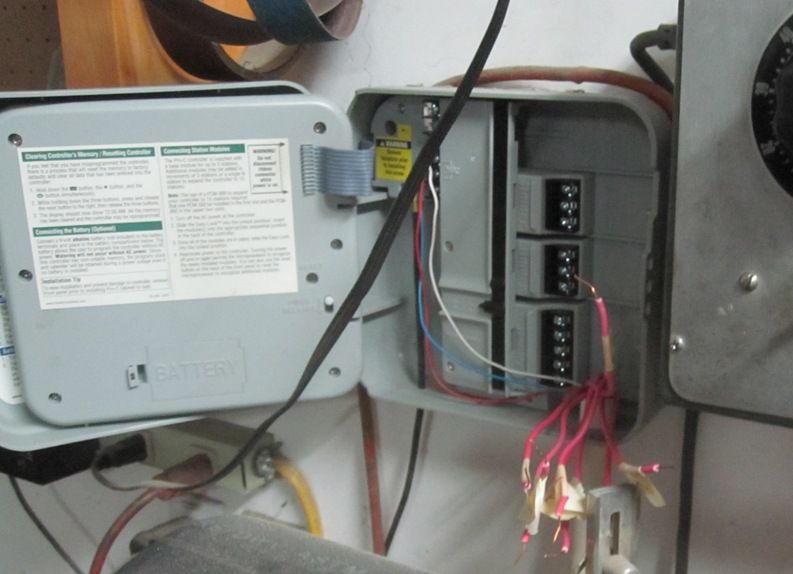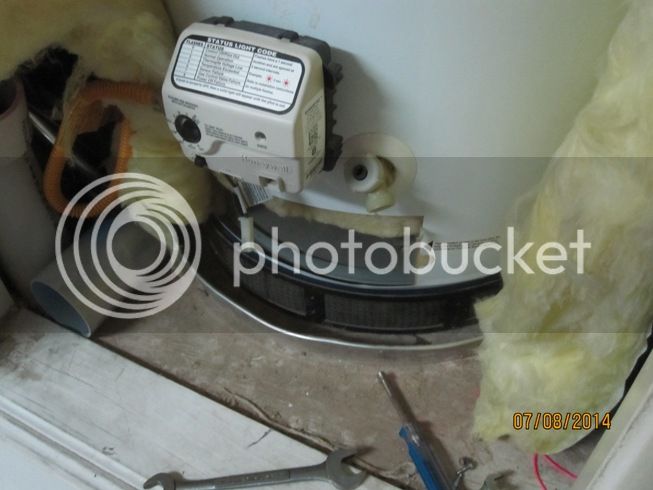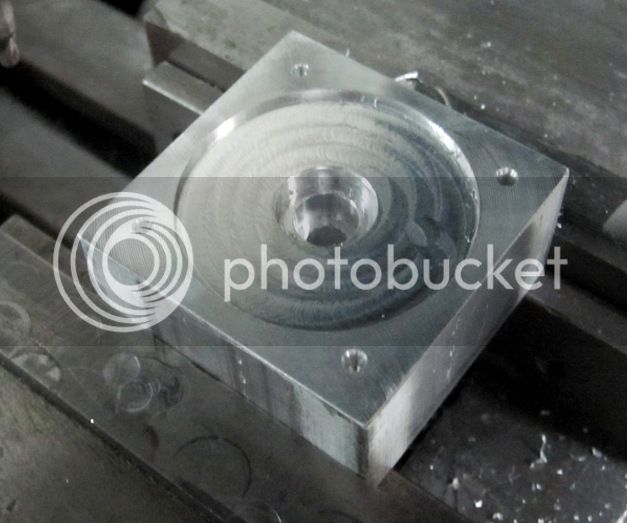- Joined
- Aug 25, 2007
- Messages
- 3,890
- Reaction score
- 715
The past couple of days I've been experimenting with carburetion on my vertical single 4 stroke. In this video I've mounted the carburetor on the fuel tank and connected it to the engine with a relative thick urethane tube.
[ame]https://www.youtube.com/watch?v=C8AYDaoRpHU[/ame]
I've discovered that the carburetor doesn't do a very good job of vaporizing the fuel. A lot of liquid fuel, probably in the form of spray or droplets gets into the fuel/air mix. I'm guessing that most model engine carburetors perform equally poorly demonstrating the problems with trying to scale down full size carburetors.
On the plus side, this video shows that the carburetor mounted on the fuel tank can be located remotely from the engine and the farther below the intake the better. This seems to reduce the amount of liquid fuel that finds it's way to the engine. It also makes the engine run smoother at low speeds.
It seems to me the solution to good, low speed performance is to get the fuel in as fine a vapor as possible. The vapor fuel tank does a pretty good job of that, but is too sensitive to external temperatures as well as fuel level and, for me at least, it's difficult to get a rich enough mixture. It might be interesting to see if I can find an ultrasonic transducer like those used in portable humidifiers.
Another option I'm working on is a carburetor inside the gas tank such that the excess liquid fuel would be reabsorbed by the fuel in the tank. The idea would be to create a vapor of fine fuel fog in the space above the fuel level and draw off the vapor into a mixer much like the vapor fuel tank.
Anybody got any other ideas for producing a fine fuel vapor with minimal liquid fuel in the mix?
Chuck
[ame]https://www.youtube.com/watch?v=C8AYDaoRpHU[/ame]
I've discovered that the carburetor doesn't do a very good job of vaporizing the fuel. A lot of liquid fuel, probably in the form of spray or droplets gets into the fuel/air mix. I'm guessing that most model engine carburetors perform equally poorly demonstrating the problems with trying to scale down full size carburetors.
On the plus side, this video shows that the carburetor mounted on the fuel tank can be located remotely from the engine and the farther below the intake the better. This seems to reduce the amount of liquid fuel that finds it's way to the engine. It also makes the engine run smoother at low speeds.
It seems to me the solution to good, low speed performance is to get the fuel in as fine a vapor as possible. The vapor fuel tank does a pretty good job of that, but is too sensitive to external temperatures as well as fuel level and, for me at least, it's difficult to get a rich enough mixture. It might be interesting to see if I can find an ultrasonic transducer like those used in portable humidifiers.
Another option I'm working on is a carburetor inside the gas tank such that the excess liquid fuel would be reabsorbed by the fuel in the tank. The idea would be to create a vapor of fine fuel fog in the space above the fuel level and draw off the vapor into a mixer much like the vapor fuel tank.
Anybody got any other ideas for producing a fine fuel vapor with minimal liquid fuel in the mix?
Chuck









